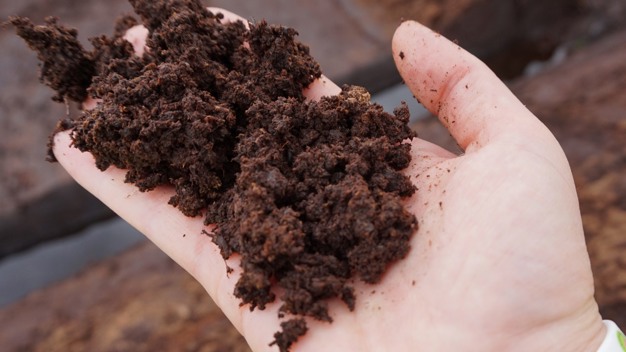The pandemic is now in its third year and has had varying degrees of impact on all walks of life. The recent outbreak of the war in Ukraine has made the situation even tenser. As far as peat is concerned, how has the Chinese peat market been affected? What preparations have been made? Recently, we interviewed Meng Xianmin, Executive Vice President of China Humic Acid Industry Association Peat Industry Branch and Professor of Peat Research Institute of Northeast Normal University.
Professor Meng said that due to the pandemic, the way of planting fruits and vegetables has changed dramatically, the area of greenhouses has increased sharply, and the global demand for peat has skyrocketed. Peat production in individual countries has been stopped. Last year, the weather was poor, and global peat production fell sharply, resulting in a serious shortage of peat supply. The raging pandemic, stagnant shipping, and skyrocketing freight rates have exacerbated the rise in peat prices. Although the peat harvest in 2021 eased with the arrival of the new harvesting season in 2022, geopolitical events such as the Russia-Ukraine conflict, Belarus-Lithuania conflict, and China-Lithuania downgrade, and US-EU sanctions against Russia will all affect future peat supply. The global peat supply chain is undergoing profound changes, and China's peat sources are facing huge challenges.

China's peat industry is located at the end of the global supply chain, and it is urgent to realize the free flow, efficient allocation and deep market integration of peat resources with relevant countries, and it is urgent to implement the whole industry chain, with high-level and deep-level cooperation. In response to the chaos in the supply chain under the global changes, Chinese peat importers, substrate manufacturers and users must look to the future, assess the situation, plan ahead, and prepare early.
Europe and the United States have huge peat production capacity, and the Chinese market has an attractive prospect. China should seize the current limited strategic opportunity period, continue to play the role of the existing peat supply chain, through business integration and efficient management, give full play to the advantages of collection, and transportation, improve the bargaining ability of the Chinese market, reduce the cost of peat procurement and transportation, and improve the stability of the Baltic-China peat supply chain and the ability to stabilize the supply and demand cycle.
The peat supply chain that is currently in operation, through the collection, transportation and unified customs clearance, reduces the cost of peat collection and transportation by 15-20% compared with that of the company alone, and the ability to balance across cycles is enhanced. It can be seen that the supply chain of collection and transportation has huge advantages. In the future, it is needed to continue to promote the selection of foreign suppliers and the collection of domestic enterprise users, further expand the scale of the supply chain, optimize the structure of supply sources, and provide peat supply sources with high quality, sufficient quantity and stable supply for China's coastal areas.

According to Professor Meng, in order to cope with the possible interruption of peat supply at any time, the Peat Industry Branch of the China Humic Acid Industry Association is actively promoting the construction of a peat supply chain between Belarus, Russia, West Siberia and East Siberia and China. Relying on the Belt and Road platform, to cooperate with a number of central enterprises and some peat agents, processors and through capital, technology, equipment, logistics, management, equity and other modes, to carry out Sino-Russian and Sino-white peat industry chain, high-level and in-depth cooperation, and build a peat supply chain and a peat industry cluster that combines production, supply and marketing across Europe and Asia, facing the central and western regions of China. Through investment and shareholding, to expand the share of peat resources and own production capacity, strive to improve the supply chain's ability to deal with risks, provide users and dealers with better products and services, and ensure the expanding demand for peat in the Chinese market in the future. At the same time, it is also necessary to actively carry out the preliminary work of the supply chain construction of peat in the Primorsky Krai in Russia, peat in Malaysia and Indonesia, and cocopeat in India and Sri Lanka, so as to lay the foundation for meeting the subsequent domestic demand.
For more information:
China Humic Acid Industry Association Peat Industry Branch
Meng Xianmin
[email protected]
